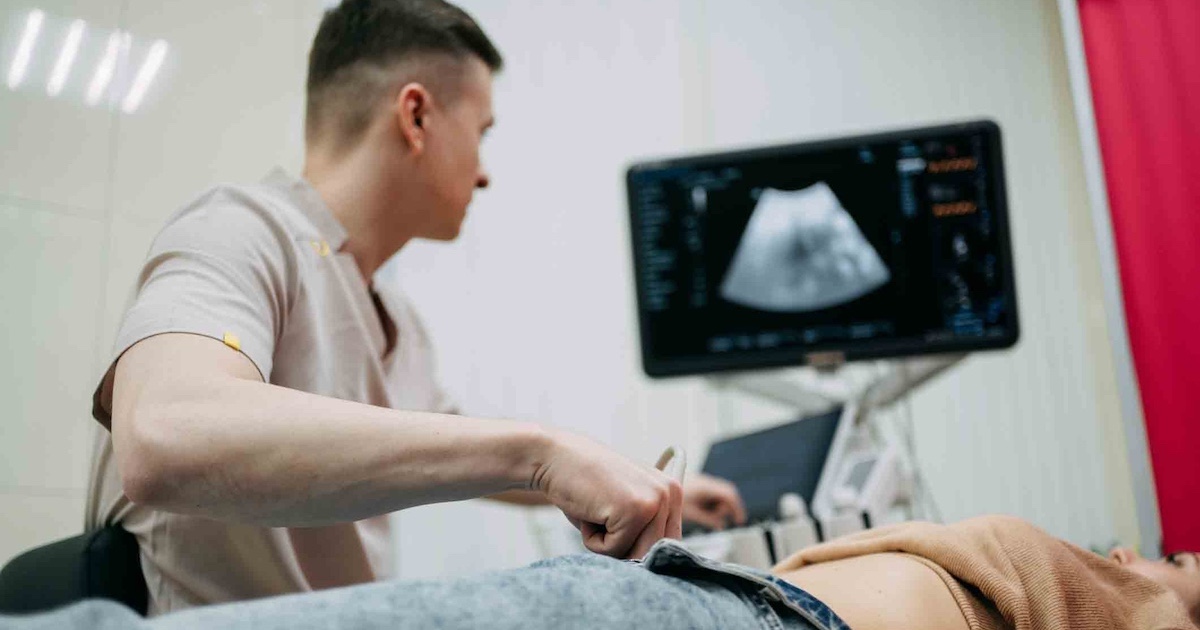Why won't more patients use PHRs? It seems an innocuous enough notion that people would want to be able to access their personal health record via mobile devices, but PHRs have not been gaining purchase. At least not yet.
That may be about to change, according to a Frost & Sullivan white paper, Moving Beyond the Limitations of Fragmented Solutions, that envisions increasing demand for “better quality care, cost containment and improved access” on a global basis.
“For patients to engage and use mobile technology for individual healthcare applications, the digital organization and structure of smart healthcare information must be made more available via a mobile device, either a smartphone or tablet computer,” the authors wrote.
They outlined four fundamental principles required for that PHR ubiquity to happen:
- Interoperability. EHRs aren’t, and they don’t frequently or easily communicate with each other. PHRs can't move forward before that happens.
- Security. This pertains to all health information, HIPAA-compliant and otherwise.
- End-user oversight and control. Because patient data is typically stored in EHRs that are proprietary to health systems or vendors, patients currently don't own their own data.
- Universal access. EHRs lacking interoperability, in turn, prohibit universal access.
In other words, the same infrastructure, standards and practices that must be established for health information exchange to take hold on a widespread level will ultimately pave the way for PHRs.
“For further progress, strong efforts must be made to enable patients to have access to their medical records quickly and securely, wherever their lifestyle and work environment take them,” the Frost & Sullivan authors said. “The creation of a truly mobile PHR is the ultimate goal and intention of meaningful use stage 3 (patient engagement and empowerment) and will require a symbiotic relationship between providers and individuals, each with the capability to upload and view all health information.”
See also:
Apple's iPad Air brings same health-centric features the iPhone 5s did


